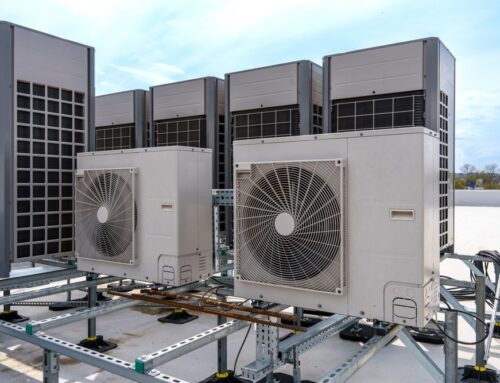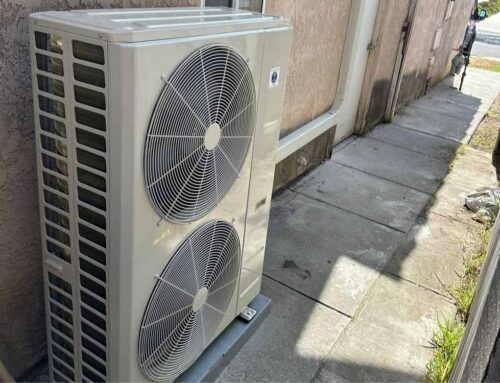Allergy-proofing your home can help you improve comfort for those family members who suffer from airborne allergies. These tips can help you reduce the particulates in your home’s air, increasing the quality of life indoors.
Air Filters
Besides checking and changing the filter, consider upgrading the kind you use to one that traps smaller particles. Filter efficiency is noted by the minimum efficiency reporting value (MERV) rating, which ranges from one to 16. Most systems can use a filter with a rating as high as eight, but before upgrading, check your owner’s manual for the air handler. One that’s too dense will slow the airflow, damaging your equipment.
Add “checking the air handler’s air filter monthly” to your list of household chores when your San Diego heating or cooling system is running routinely. A dirty air filter not only spews airborne particulates throughout your home, but it also increases your energy bills and the wear and tear on your equipment.
Mold
Mold thrives in our humid environment, and it’s one of the more common allergens. During the summer, keep the indoor humidity between 30 and 50 percent to stop the proliferation of mold spores.
If your home is comfortably cool and the humidity is over 50 percent, consider installing a whole-house dehumidifier for your home. Such a unit will increase your comfort and possibly your cooling bills, since dry air feels cooler.
Filtration Systems
Portable and whole-house air cleaners will help allergy-proof your home. A central system attaches to your home’s San Diego HVAC system and is convenient, space-saving and efficient. Some use high efficiency particulate air filters, more commonly known as HEPA filters, that trap nearly all the particulates in the air, including bacteria and viruses.
Some portable units also use HEPA filters, but they take up room and using more than one could drive up your electric bills. Your vacuum cleaner also puts out a lot of dust and choosing a bag that uses HEPA filtration will reduce small particle emissions.



